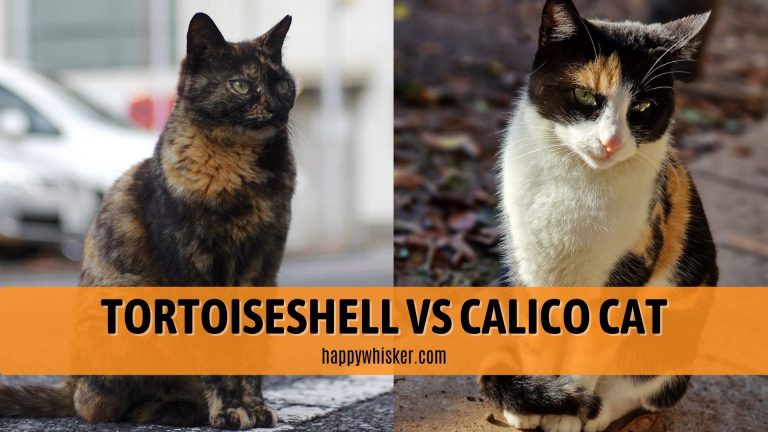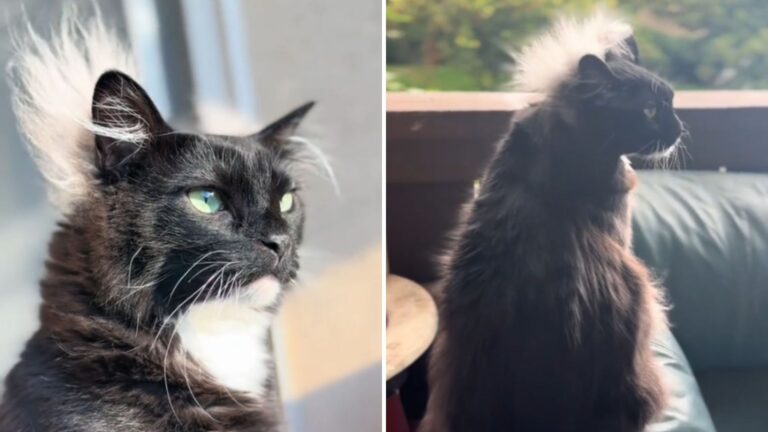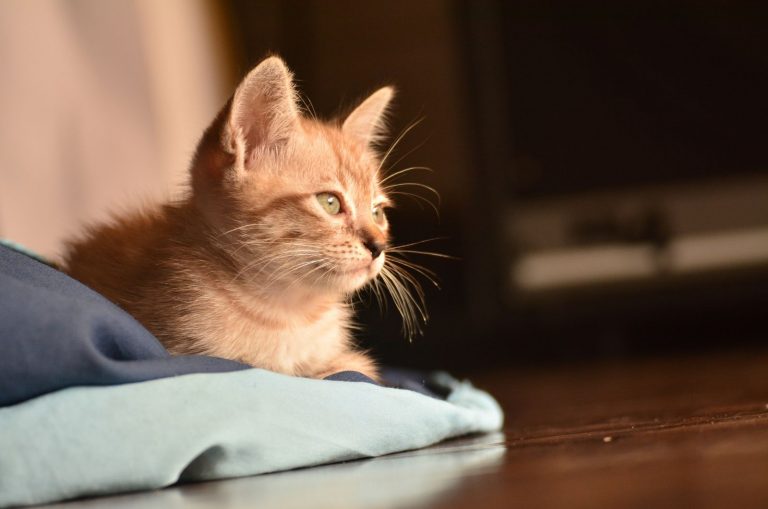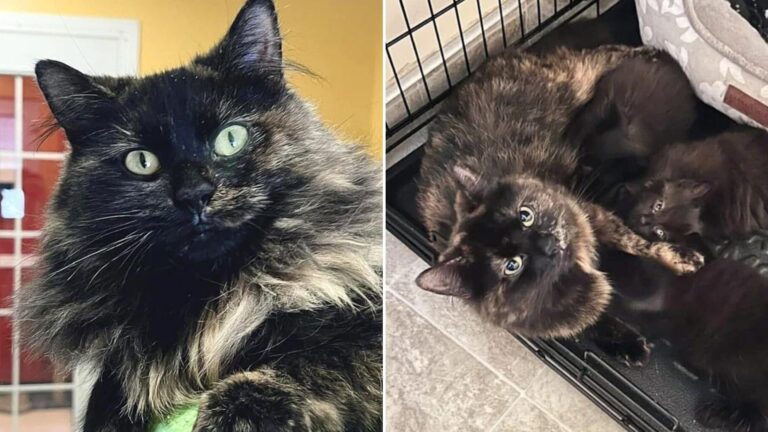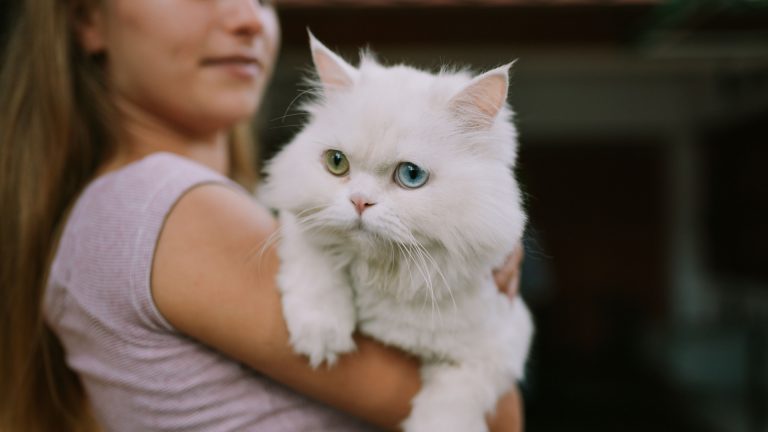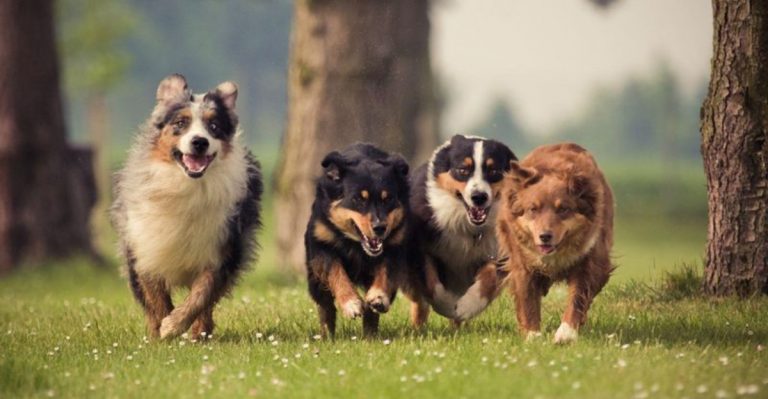Vet Shares 6 ‘Lifesaving’ Ways To Prevent Dehydration That All Pet Owners Should Know
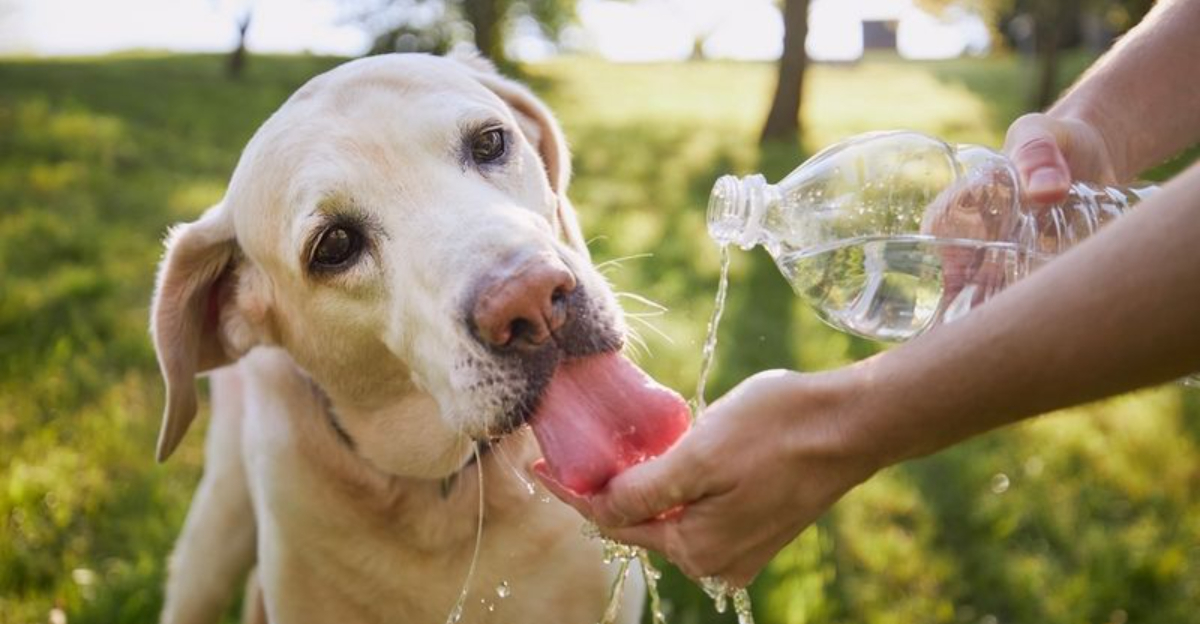
When it comes to our furry friends, dehydration can quickly become a serious health threat. Veterinarians consistently warn that proper hydration is just as critical for pets as it is for humans.
Water makes up about 60% of a dog’s body weight and even more for cats, making it essential for nearly every bodily function. Let’s explore the expert-backed strategies that can keep your pets safely hydrated all year round.
1. Ensure Fresh Water Is Always Available
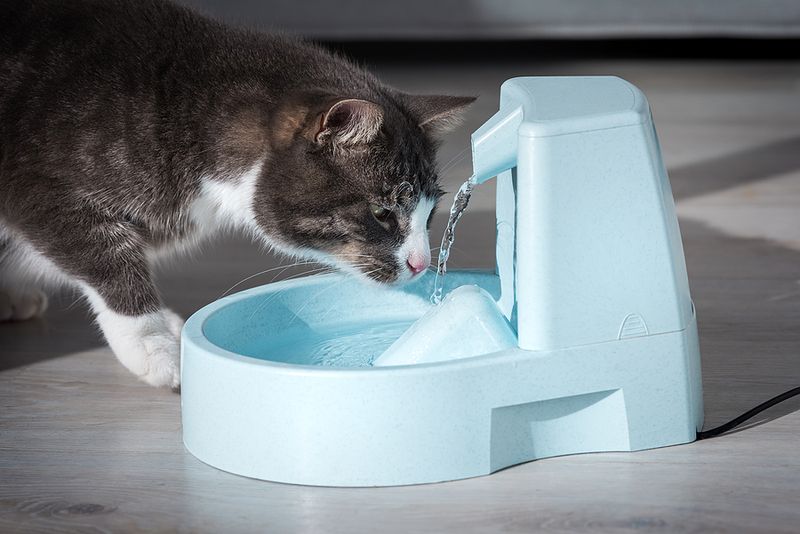
Stagnant water quickly collects bacteria, discouraging pets from drinking. Replace your pet’s water at least twice daily, using clean bowls that are scrubbed regularly to prevent slime buildup.
Strategic placement matters tremendously. Place multiple water stations throughout your home, especially in areas your pet frequents. For outdoor pets, consider automatic waterers that refill continuously.
Many cats have a natural preference for moving water sources. Pet fountains mimic natural streams, enticing reluctant drinkers and keeping water aerated and fresh longer.
2. Monitor Your Pet’s Activity Level

Active play sessions can quickly deplete your pet’s hydration reserves, especially during warmer months. Watch for excessive panting, which indicates your pet is working hard to cool down through evaporation.
Carry a collapsible water bowl during walks, offering small drinks every 15-20 minutes on hot days. Morning and evening exercise sessions avoid the dangerous midday heat that can rapidly lead to dehydration.
Some breeds struggle more with heat regulation. Brachycephalic dogs (like bulldogs and pugs) and seniors need extra monitoring during any physical activity.
3. Add Wet Food To Your Pet’s Diet
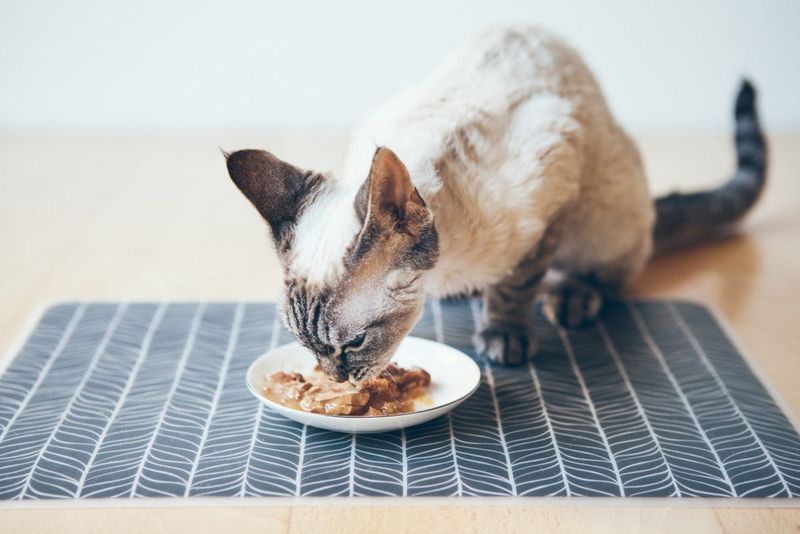
Dry kibble typically contains only 10% moisture, while wet food provides up to 78% water content. This substantial difference makes canned food an excellent hydration source for pets who don’t drink adequately.
Creating a moisture-rich meal is simple. Mix wet food with dry kibble, gradually increasing the wet portion if your pet is unaccustomed to the texture. For picky eaters, try warming the wet food slightly to enhance its aroma.
Cats evolved as desert animals with low thirst drives. Their natural prey provides most of their hydration, making wet food particularly vital for feline health.
4. Keep Pets Cool In Hot Weather
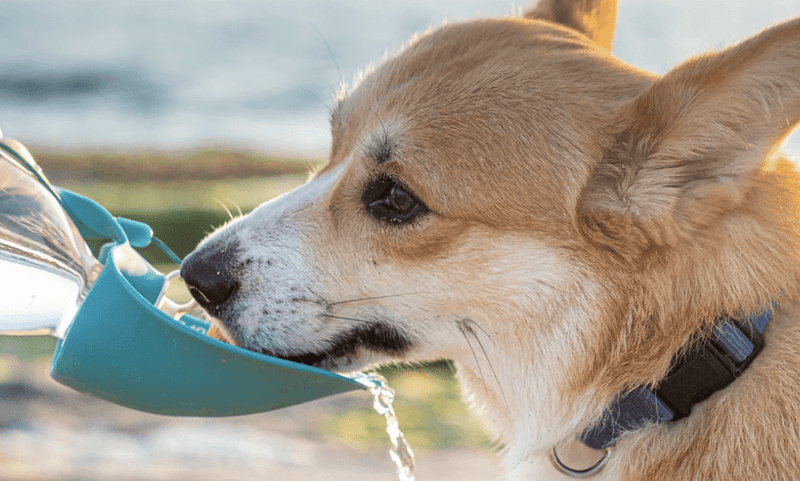
Heat exposure dramatically accelerates fluid loss through panting and sweating through paw pads. Creating cool zones in your home with tile floors or cooling mats gives pets essential relief during heat waves.
Never underestimate the danger of hot cars – temperatures can rise 20 degrees in just 10 minutes. Even with windows cracked, vehicles quickly become deadly for pets.
Cooling products like vests use evaporation technology to lower body temperature. These specialized garments can reduce core temperature by 2-4 degrees, making outdoor activities safer during warm weather.
5. Use Ice Cubes Or Broth For Extra Hydration
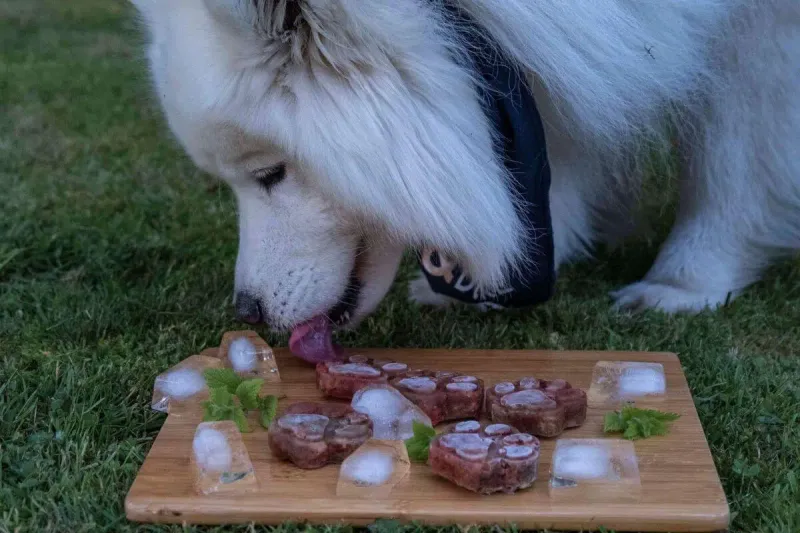
Frozen treats captivate pets while delivering hidden hydration benefits. Try freezing low-sodium chicken broth in ice cube trays or silicone molds for irresistible cooling snacks during hot days.
For outdoor pets, dropping ice cubes into water bowls helps maintain cooler temperatures longer. Some dogs enjoy chasing and crunching plain ice cubes as entertaining treats that boost water intake.
Bone broth provides both hydration and nutrition. Homemade versions let you control ingredients, avoiding harmful additives like onion, garlic or excessive salt that commercial broths often contain.
6. Recognize Signs Of Dehydration Early
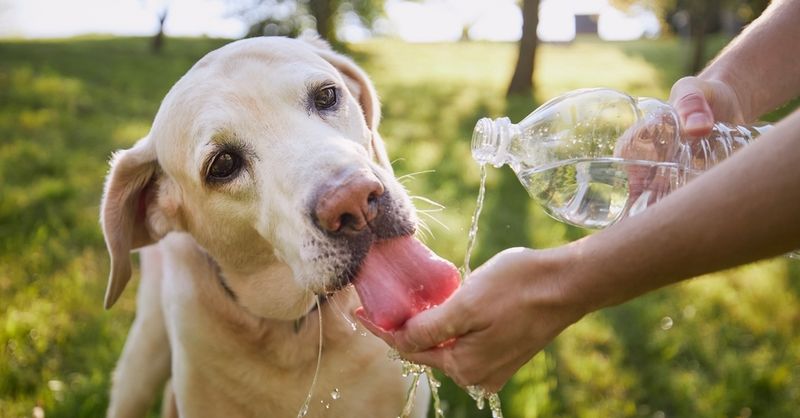
The skin elasticity test reveals hydration status quickly. Gently pinch the skin at your pet’s shoulder blades – if it doesn’t immediately return to normal position, dehydration may be present.
Examine your pet’s gums regularly. They should appear moist and pink, not tacky or dry. Press the gum until it turns white, then release – color should return immediately in well-hydrated pets.
Behavioral changes often precede visible symptoms. Lethargy, reduced appetite, or concentrated dark urine indicate your pet needs immediate hydration help and possibly veterinary intervention.

